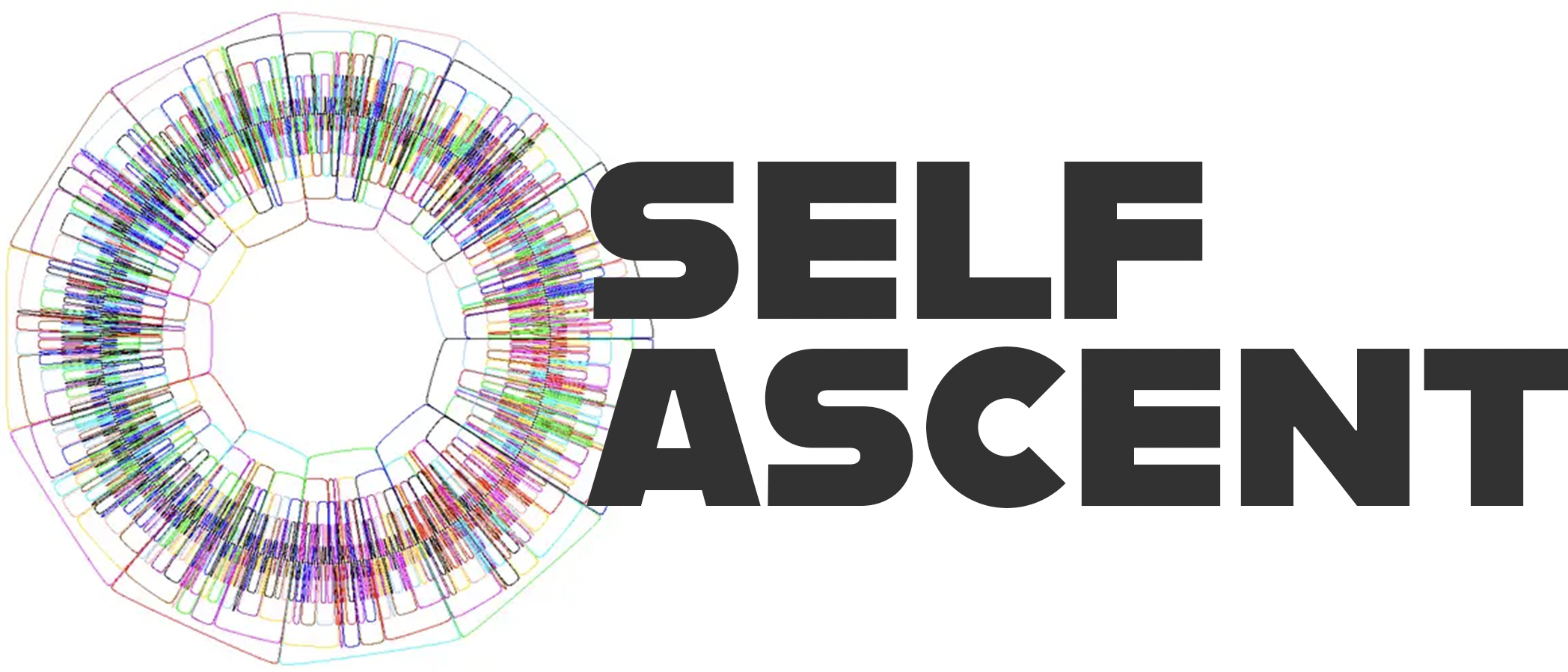Why Read It
Tantra is grossly misunderstood. Since it’s discovery in the West about 100 years ago, Tantra has been mischaracterized as primarily a path of sexual spirituality, in which fully embodied sexual and sensual experience leads to transformations of consciousness. In fact, sexuality is but a very minor chord in Tantric thought. Tantra Illuminated is written by Christopher Wallis, a university scholar and committed practitioner, and the book strikes a beautiful balance of placing Tantra in its proper historical and academic context and providing practical guidance for those drawn to practice Tantra for the transformation of consciousness.
Tantra is a major chord in the perennial philosophy. Wallis’ own words at the beginning of the book capture the pragmatic essence of Tantra: “I have seen first-hand how powerfully the teachings of nondual Saiva Tantra resonate with Western yoga practitioners. I have come to believe that this tradition possesses some of the most effective teachings and technologies for human transformation, and that it is particularly relevant for our time.

Overview
Tantra Illuminated provides a comprehensive exploration of the ancient Tantric tradition, demystifying its history, philosophy, and practices. Wallis delves into Tantra’s roots, correcting Western misconceptions and emphasizing its nondualistic nature. The book outlines core Tantric philosophical principles, describes transformative practices, and clarifies the tradition’s ultimate goals of spiritual awakening and self-realization. Serving as both an academic resource and a guide, “Tantra Illuminated” bridges scholarly research with modern spiritual inquiry.
Key Takeaways
- Misunderstandings of Tantra: Western popular culture often misrepresents Tantra, primarily associating it with sexual practices. Wallis clarifies that while sexuality is a part of some Tantric paths, Tantra as a whole is a comprehensive spiritual system with profound teachings on consciousness, the nature of reality, and the human experience.
- Nondualistic Philosophy: At its core, Tantra embraces a nondualistic view, positing that the individual self (Atman) is identical to the universal consciousness (Brahman). This realization of oneness is central to Tantric practices and beliefs.
- Importance of Embodied Experience: Unlike some spiritual traditions that might view the physical world or body as an impediment to spiritual realization, Tantra emphasizes the importance of embodied experience. It teaches that the body, emotions, and daily life can be pathways to spiritual awakening.
- Techniques of Ecstasy: Tantra encompasses a broad range of practices, from mantra chanting and visualization to meditation and ritual. These practices are aimed at harnessing and transforming energy, elevating consciousness, and ultimately achieving self-realization.
- Role of the Guru: In the Tantric tradition, the guidance of a guru or a realized teacher is often emphasized. A genuine guru provides initiations, teachings, and direct transmissions that help the practitioner navigate the spiritual path effectively.
Quotes
“Most of what is unpleasant about human existence is not pain, but mind-created suffering. And we can be free of this suffering, for the Tantric scriptures tell us it is entirely a product of ignorance, of not seeing things as they truly are. The primary form of this ignorance is our misidentification of ourselves.”
“This – whatever is happening right now – is as God as it gets. Now, if you are in a miserable or banal life situation, you may be disappointed by this announcement. But notice I said, “This is as God as it gets,” not, “This is as free as it gets.” Freedom means actually experiencing the divinity in each moment, which is the same as not wanting the present moment to be any different from the way it is.”
“One who meditates thus repeatedly discovers that the cycles of creation, stasis, and dissolution are – in terms of the highest reality – solely one’s own consciousness, and thus discovers that the ultimate nature of one’s own consciousness is its free and independent exercise of these powers.”
“This very Highest Divinity, the self-manifest Light of Consciousness, is always already my very own Being…this whole existence is One reality: Consciousness alone – unbroken by time, uncircumscribed by space, unclouded by attributes, unconfined by forms, unexpressed by words, and unaccounted for by the ordinary means of knowledge. This Reality is free and independent, a mass of bliss, and That alone am I; thus the entire universe is held as a reflection within me.”



























